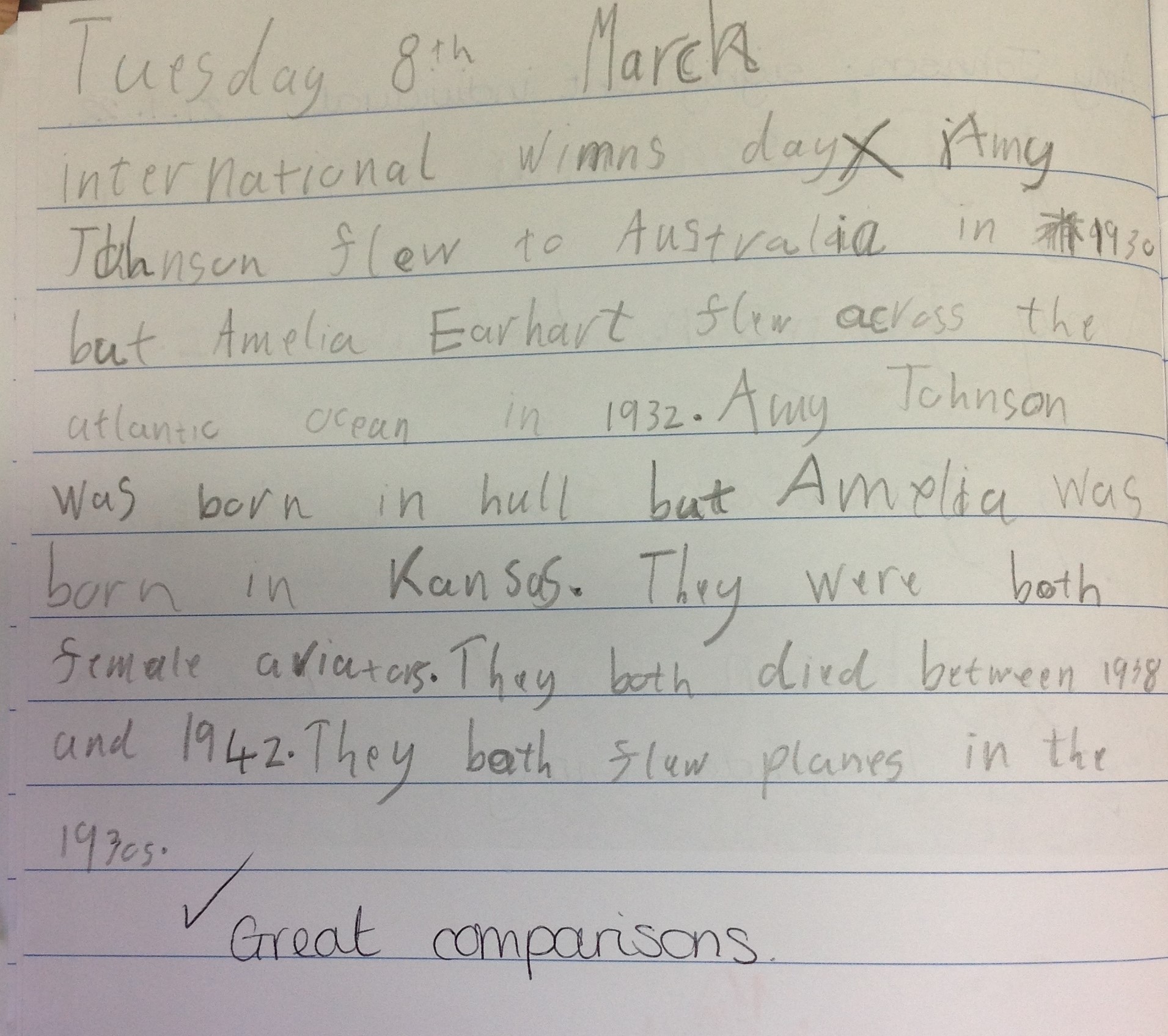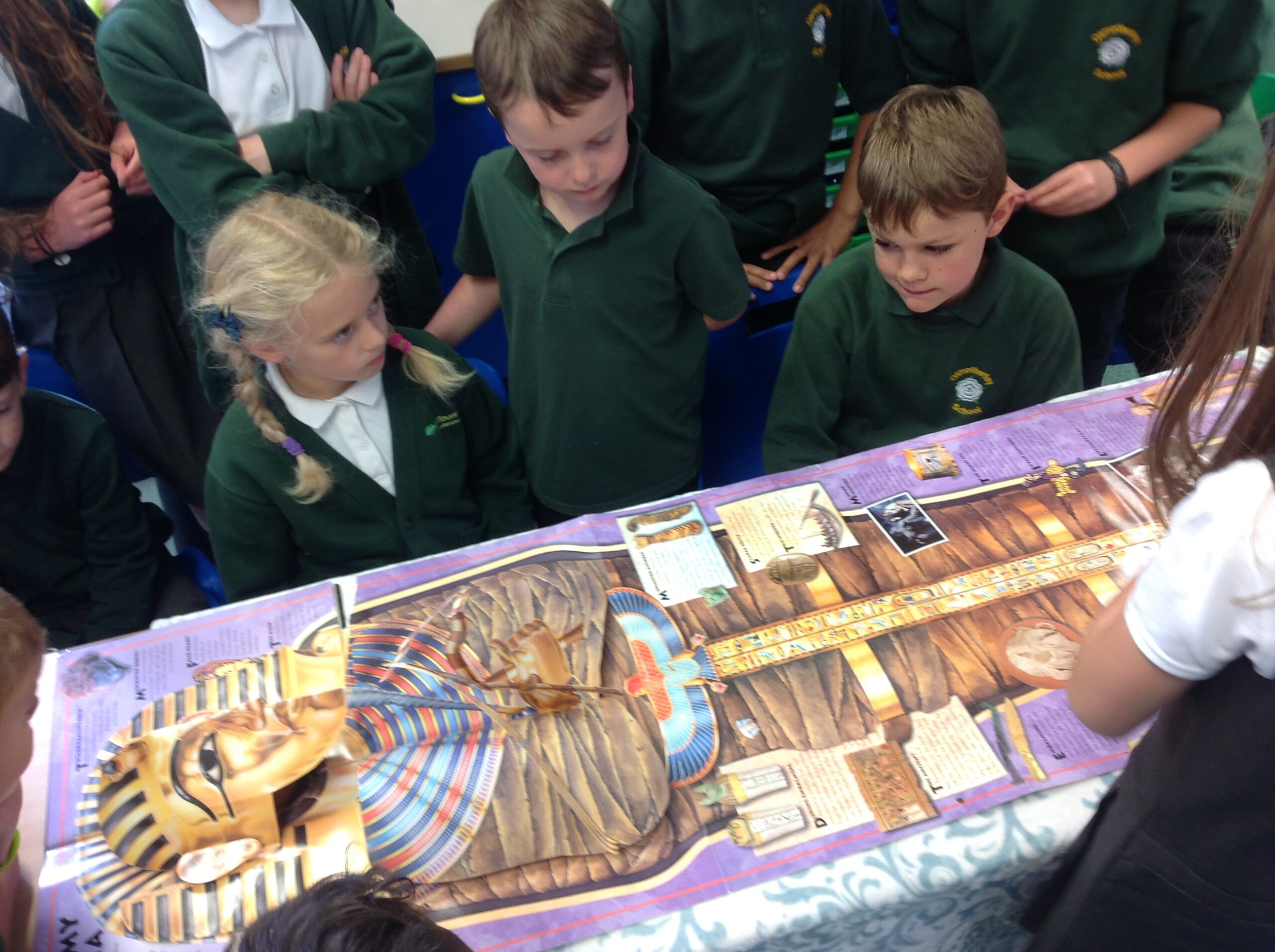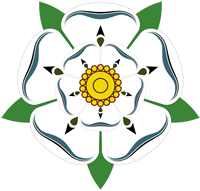Intent
Click here for our current History progression document
At Osmotherley Primary School we strive to provide a high-quality history education, which engages, inspires and challenges pupils, equipping them with the knowledge and skills to develop and understand the cause and effect sequence of events throughout time which has led to the world that we live in today .
They will gain an understanding about the places, people and environments both natural and human by asking questions and finding answers. By exploring beyond the classroom, the children will engage with their local environment and begin to understand their impact on it with the choices they make.
Omotherley village is steeped in History. Evidence can be found in the surrounding moors of bronze age standing stones and burial mounds in addition to iron age settlements. Over a thousand years ago Asmund (a Scandinavian invader) made a clearing known as a “leah” which became ley. Consequently, Asmund’s leah became “Osmotherley ''.
The Queen Katherine Hotel in the centre of the village is a reminder of Katherine of Aragon’s link to the area (as she was instrumental in establishing the hermit , Thomas Parkinson, in a cell on the site of Lady Chapel close to Osmotherley) in the 16th century.
During the 19th century the village was a thriving centre of the linen industry and the youth hostel itself - which is a site used by school for outdoor learning sessions- is a converted mill at Cote Ghyll.
A mere 45 minute drive from Osmotherley, York provides a wealth of archaeological evidence of Viking settlements at the famous Jorvik museum .
Twenty five minutes away, Darlington is the location of the first passenger steam railway ,which opened in 1825.


Implementation
There is a clear progression in the skills and knowledge taught throughout the school and deliberate practice allows children to improve fluency leading to mastery and an alteration to their long-term memory. Throughout their time in Osmotherley School, they will develop and deepen their knowledge and understanding of the history of the local area.
History at Osmotherley will be taught by delivering the statutory requirements of the History National Curriculum in Key Stage 1 and 2.
Reception children will explore History through the EYFS framework, looking closely at the Specific Area of Understanding the World.
There will be an emphasis on 3 key areas of study: Chronological Understanding, Knowledge and interpretation and Historical enquiry. History will be taught through topics and English lessons.
They will begin the school year looking at History in the local area. In Key Stage 2 there is a 4 year cycle of topics and in Key Stage 1 there is a 2 year cycle.
Osmotherley School has four key historical concepts which thread and develop throughout the History curriculum as pupils move through each key stage. These are: invasion, settlement, empire and monarchy.
In a school setting with such a low representation of ethnic minority groups, we strive to provide a balanced diet of historical documentation to make children wary of stereotypical views, sources and images.
Impact
Within both Key Stages, pre-learning tasks will be set at the beginning of each topic. Recalls of that knowledge will then be introduced at 2 weeks, 6 weeks and 12 weeks to ensure that key knowledge is committed to the long-term memory. Knowledge mats will be sent home with the key knowledge that needs to be learnt, including key vocabulary.
Monitoring of the history curriculum is conducted by the subject leader, the headteacher and the governors through lesson visits, pupil voice interviews and analysis of essential knowledge gaps.
